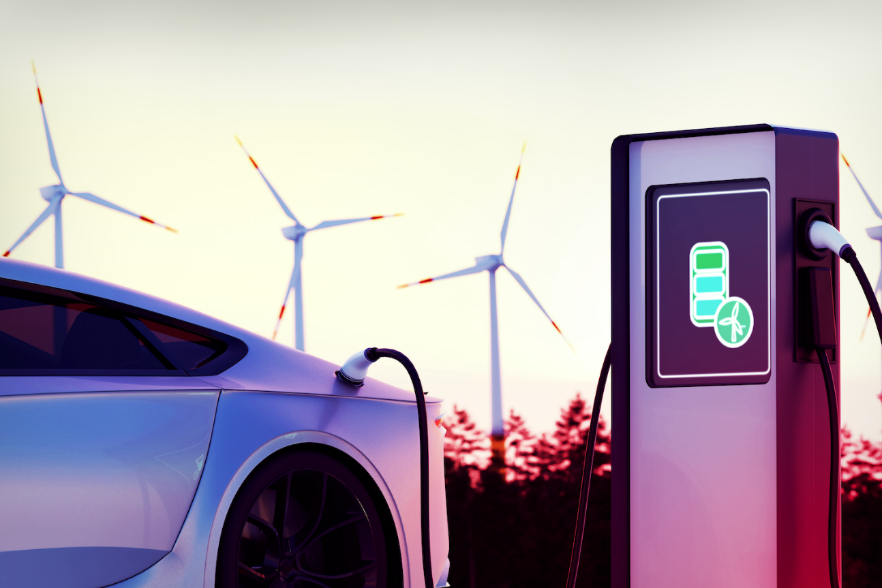
The automotive industry is facing a number of challenges as it transitions from fuel vehicles to electric vehicles. Consumers' willingness to buy has waned, as have concerns about high battery replacement costs and inadequate public charging infrastructure. Therefore, the automotive industry must overcome these challenges in order to promote the low-carbon transition in the transportation sector, which in turn benefits the entire economy and society.
Accelerate the arrival of the era of electric mobility
Inadequate charging infrastructure is constraining consumer adoption of electric vehicles, and drivers need a charging network that is reliable, fast and convenient - especially with 250 million cars expected to be on the road by 2030. Otherwise, the arrival of the era of electric mobility will be difficult. In large countries, the issue of supporting charging infrastructure is particularly critical, especially for long-distance freight transportation and other commercial enterprises and industries that rely on cars. Therefore, some key technical challenges need to be addressed before e-mobility becomes truly widespread.
Achieve the unification and interconnection of electric vehicle charging standards
Standardization is essential to ensure the ease, reliability and user friendliness of electric vehicle charging. In recent years, the industry has made progress in harmonizing charging standards. For example, in North America, automakers have reached a consensus to adopt SAE J3400 connectors that support the North American Charging Standard (NACS) from 2025, which will effectively solve the compatibility problem between different models. However, considering that the majority of electric vehicles on the road today still use CCS1 connectors, manufacturers are actively providing adapters to address this situation. At the same time, major charging network operators such as ChargePoint, Electrify America and EVgo are also working to introduce NACS connectors into their infrastructure.
While some international standardised protocols have been introduced to mitigate the problem, interoperability challenges remain. For example, the Open Charging Protocol (OCPP) enables the exchange of charging data and information between electric vehicles and the grid; The Open Charging Interface Protocol (OCPI) supports the connection between electric mobility service providers and charging pile operators. The ISO 15118 standard defines the specifications for communication between electric vehicles and charging stations, enabling plug and charge and supporting vehicle-to-grid (V2G) capabilities. These measures have significantly improved the reliability of charging and reduced the occurrence of errors. However, there is a lag in the establishment of uniform global governance rules for heavy vehicles, and given that they are a significant source of emissions, this issue needs to be properly addressed.
Battery technology progress
In order to accelerate the adoption of electric vehicles, advances in battery technology are particularly critical. Reducing costs, speeding up charging, extending range and exploring more sustainable solutions are all integral elements. At present, the relevant research and development work is in full gear, and developers are working to evaluate different battery chemistry and form designs, aiming to reduce the cost while greatly increasing the power and density of the battery.
Fast charging requires lighter, faster, and more powerful solid-state batteries. Researchers at Penn State University have successfully developed a novel design using nickel foil that can charge a car battery in as little as 10 minutes. Today, these breakthrough achievements are gradually moving towards commercial application stage.
As the next decade progresses, people will gradually abandon the centralized charging model. To ease the strain on existing energy infrastructure, batteries that support vehicle-to-grid (V2G) two-way interaction will play a key role. This requires the use of two-way chargers that draw electricity from the grid to charge the car at night when electricity consumption is low, and sell excess power back to the grid at peak times. This shift from relying on power generation capacity to focusing on energy storage will effectively solve many problems.
Integrating renewable energy into the energy mix
Renewable energy is an important part of the ecosystem supporting the electric mobility industry. With the increasing popularity of electric vehicles, the power grid will come under even greater pressure. Moreover, if electricity generation remains dependent on fossil fuels, the environmental benefits of electric mobility will be offset by the attendant carbon emissions. Renewable energy therefore plays a key role in balancing power generation and consumption loads to ensure the achievement of the Sustainable Development Goals. The inclusion of renewable energy sources such as solar and wind in the energy system not only reduces carbon emissions, but also promotes the decentralization of energy production and contributes to the stable operation of the grid.
Necessity of testing
To avoid potential risks, extensive testing is essential. Digital twin technology will be increasingly used to accelerate product design and development cycles. Advanced power devices can be programmed according to industry standards and conformance metrics to simulate different test objects, such as electric vehicles or power supply devices, ensuring that products can interoperate and comply with relevant standards. In battery testing, the digital twin technology can simulate the performance of the battery in various situations to ensure that it does not fail or overheat.
With this approach, technological progress can be rigorously assessed and the design process accelerated. Moreover, the cost effectiveness is also significantly improved by reducing the need for actual physical prototypes. If the electric vehicle industry wants to increase market penetration, it must conduct comprehensive testing for actual use cases, driver types, and variable weather conditions.
While the road to e-mobility will remain challenging, continued innovation is key to overcoming the many obstacles. These technological breakthroughs are key to powering the electrification transition that will create a cleaner, healthier and more affordable future for humanity.
The Products You May Be Interested In
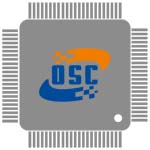 |
150041009 | DC DC CONVERTER | 451 More on Order |
 |
EHHD010A0B41-SZ | DC DC CONVERTER 12V 120W | 284 More on Order |
 |
ATS030A0X3-SRPH | DC DC CONVERTER 0.8-2.75V 83W | 308 More on Order |
 |
AXH010A0P93-SRZ | DC DC CONVERTER 1.2V 12W | 348 More on Order |
 |
EVK011A0B41-HZ | DC DC CONVERTER 12V 132W | 117 More on Order |
 |
AXA010A0P93-SR | DC DC CONVERTER 1.2V 12W | 358 More on Order |
 |
APXH020A0X43-SRZ | DC DC CONVERTER 0.6-3.63V 73W | 419 More on Order |
 |
HC006A6A1 | DC DC CONVERTER 5V 33W | 240 More on Order |
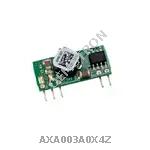 |
AXA003A0X4Z | DC DC CONVERTER 0.8-5.5V 16W | 260 More on Order |
 |
QW030BK1 | DC DC CONVERTER +/-12V 36W | 138 More on Order |
 |
QW010A0A1-S | DC DC CONVERTER 5V 50W | 193 More on Order |
 |
QHW075F1-Q | DC DC CONVERTER 3.3V 50W | 232 More on Order |
 |
LW010C | DC DC CONVERTER 15V 10W | 292 More on Order |
 |
LUW025F | DC DC CONVERTER 3.3V 16W | 458 More on Order |
 |
JAHW075F1 | DC DC CONVERTER 3.3V 50W | 122 More on Order |
 |
CW025ACL-M | DC DC CONVERTER 5V +/-15V 25W | 432 More on Order |
 |
AXA016A0X3-SR | DC DC CONVERTER 0.8-5.5V 88W | 465 More on Order |
 |
JRCW450R41-TZ | DC DC CONVERTER 32V 450W | 124 More on Order |
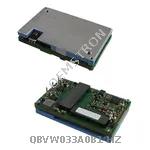 |
QBVW033A0B1-HZ | DC DC CONVERTER 12V 400W | 289 More on Order |
 |
KHHD015A0F641Z | DC DC CONVERTER 3.3V | 153 More on Order |
 |
SSTW005A0F41-SRZ | DC DC CONVERTER 3.3V 17W | 374 More on Order |
 |
TJT170A0X3-SZ | DC DC CONVERTER 0.6-1.5V 170A | 481 More on Order |
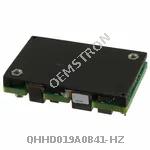 |
QHHD019A0B41-HZ | DC DC CONVERTER 12V 225W | 1367 More on Order |
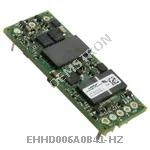 |
EHHD006A0B41-HZ | DC DC CONVERTER 12V 72W | 979 More on Order |
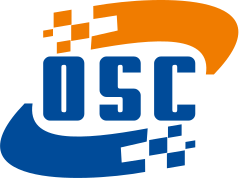
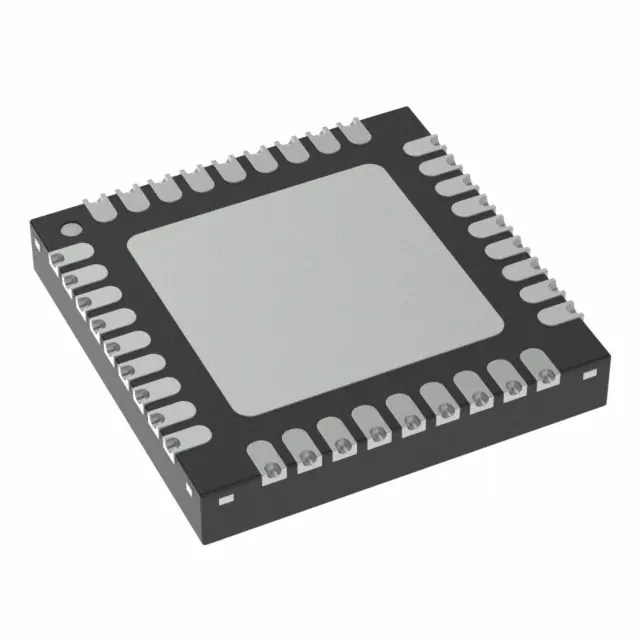 Semiconductors
Semiconductors









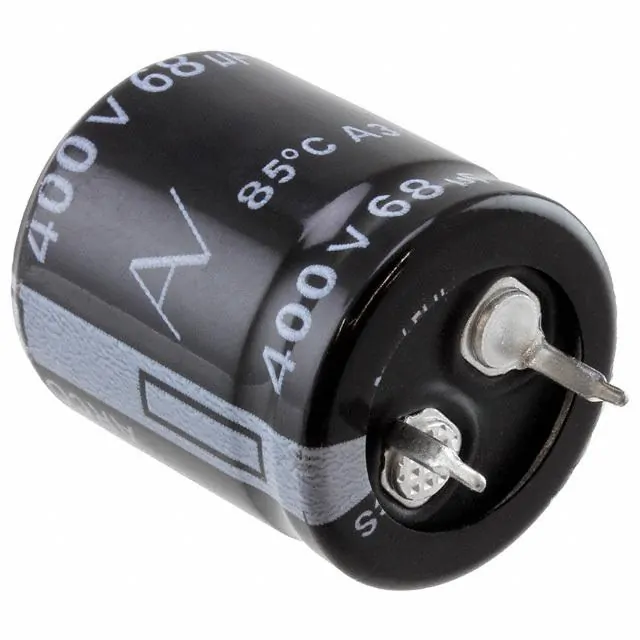 Passive Components
Passive Components









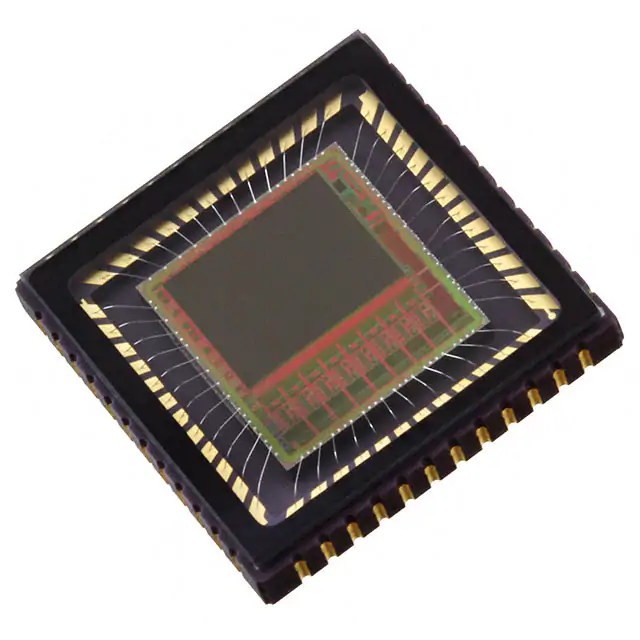 Sensors
Sensors








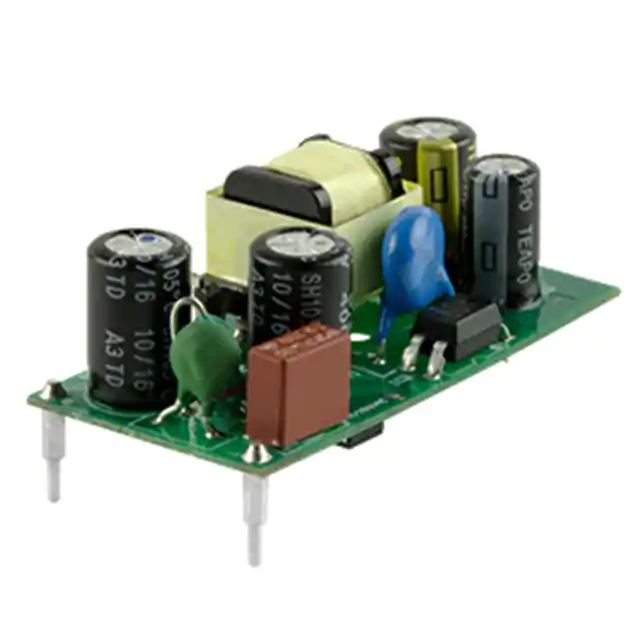 Power
Power









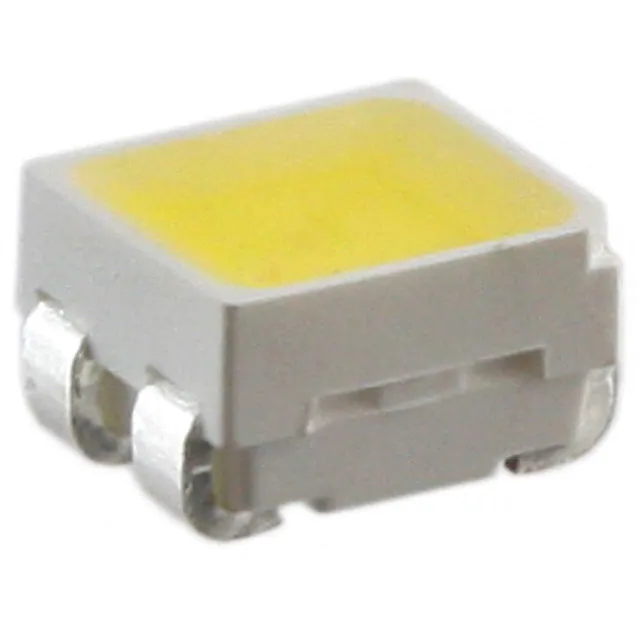 Optoelectronics
Optoelectronics








